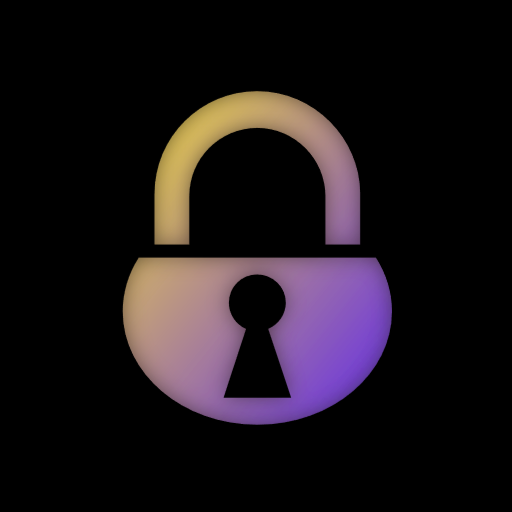

Ha! Easy! Go in the other room and take a picture of the bulb. Now go back to the switches and flip each one in order, while looking at the picture. When the picture of the bulb shows it lit up, that’s the switch.


Ha! Easy! Go in the other room and take a picture of the bulb. Now go back to the switches and flip each one in order, while looking at the picture. When the picture of the bulb shows it lit up, that’s the switch.


No pictures of the interior?
But that’s pretty good for most cases.
Basically, in public key cryptography, you can generate a set of two big numbers that are mathematically related, one called the private key and one called the public key, collectively called a key pair.
Through a lot of fancy math, you, with your private key, can take a number I give you and give me back another number called a signature. I, with your public key, can do even more fancy math to prove that you do, in fact, have the corresponding private key to the public key I have, based on this signature.
If you give me the wrong signature, I can’t trust that you have the private key, and you don’t get authenticated, but if you give me the right signature, I can trust that you’re you, and you get authenticated.


I didn’t say that. I said they’re obeying the law they are obliged to obey. In other words, they’re not defying the courts. In a perfect world, they could defy the courts and get away with it in the interest of user privacy, but this is not a perfect world.
A number of things. The key is stored on and accessed by a separate coprocessor from the CPU, so the CPU doesn’t even know the private key. That takes its own protocol, over i2c, usb, Bluetooth, etc. Then the browser has to coordinate that protocol to communicate with the web protocol from the frontend JS. There’s also the concept of server verification, so it’s a more complicated handshake than just one signature going one way. Then, of course, there’s the inherent complexity of public key cryptography in general, but you only need to worry about that if you’re writing it from scratch with no library.
From a basic web dev perspective, it’s not much more complex than a password, but that’s because the complexity of the protocols is hidden behind the libraries. A password actually isn’t complex, even when you remove the libraries.
(The private key does not have to live in a separate coprocessor, but that’s the most secure method, and the one covered by the protocol.)
Here, these specs are what they’re based on:
Yes, kind of. You’re still giving them your password every time you log in. And it’s on them whether they store it hashed or in plain text. With a passkey, you know that even if they’re hacked, they’ll never get your actual private key.
But, if they’re hacked, your key is probably the least of your concerns.
A passkey is a key pair where you keep the private key and give the public one to the service. Then you can log in by proving you have the private key. Fairly simple in theory. Horribly complex in practice.


I don’t think that’s bad on Proton’s part. They are obeying the law they are obliged to obey.


That’s cool. AI can do art and writing and video games for me. It can watch all my shows. All I have to do is work and maybe sleep. Sounds fun.
Centering a div is pretty fucking easy nowadays. What’s way harder is aligning a god damned SVG icon with text.


I don’t think a year old base is bad. Unless there’s an absolutely devastating CVE in something like the network stack or a particular shared library, any vulnerabilities in it will probably be just privilege escalations that wouldn’t have any effect unless you were allowing people shell access to the container. Obviously, the application itself can have a vulnerability, but that would be the case regardless of base image.
What’s even better is the source code. It’s just true, but false.
I meant what they paid. I don’t think inflation since the eighties is 1500%.
It’d probably be worth way more than 500k. I meant what they paid for it back then would only be like 350k today, despite the house being worth millions.
That would be at least $350k in today’s money.
No, it’s just wealth inequality and poor education.


If you plug a power strip into each one of those empty plugs, you could power the whole house!
I like that one guy’s drug trip from 2000 years ago has caused this hilarious internet meme.